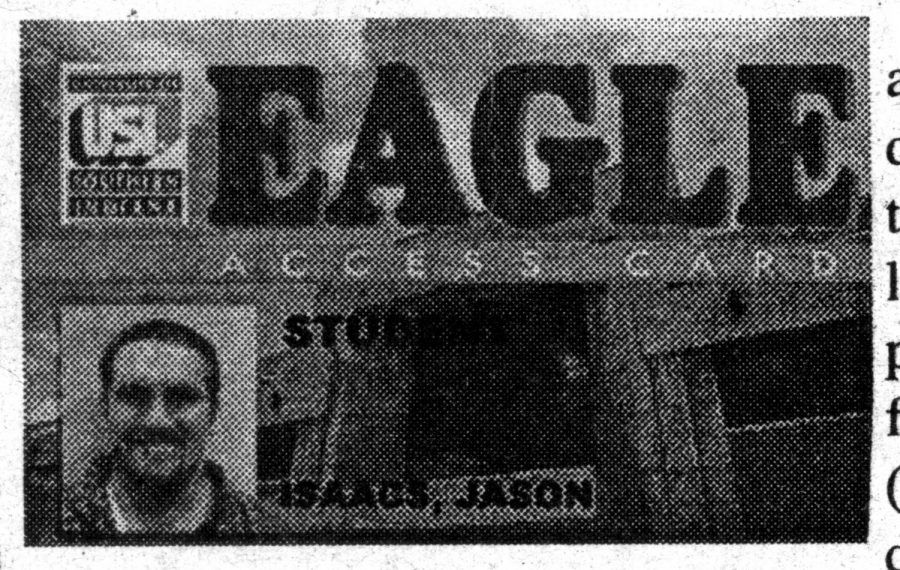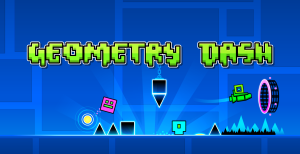From the Archive: Eagle Access card provides convenience
First format of the Eagle Access Card, Oct. 14, 1999.
October 14, 2021
Message from 2021-2022 Editorial Staff:
The first issue of The Spartan Shield was published Oct. 15, 1968. The Shield Staff is celebrating The Shield’s 53rd birthday by digitally republishing stories from The Shield Archive. The following story published Oct. 14, 1999 is about the introduction of Eagle Access Cards that gave students access to Munch Money and Meal Plans. The following story has not been edited by the 2021-2022 staff.
Story from The Shield Archive:
Students returning for the fall semester have been wondering why they had to switch to new student ID cards.
The new ID cards, called the Eagle Access Cards, provide new and more convenient use of daily campus applications ranging from vending machine access to easier food service processing.
The card has two main food functions. The first one is called Eaglebucks and is directly connected to the university. The other function is called Munch Money/Meal Plans and is connected with Marriot for use in The Loft and Eagle’s Nest.
The Munch Money and Meal plan can currently and will ultimately be used at The Loft and Eagle’s Nest. Munch Money can be purchased in increments of 50 dollars while the Meal Plans have different levels. They range from the most basic plan called the Gold Plan, which is 300 dollars and includes 23 meals that can be used throughout the year and $150 in Munch Money, to the Top Flight Plan, 1150 dollars a semester that includes nine meals per week and 362 dollars in Munch Money.
Munch Money and Meal Plans are used in the same way, but the Munch Money has a set dollar amount to it while the Meal Plan has a set amount of meals.
Goods and services can be purchased with Eaglebucks by adding money, ranging from ten cents to 25 dollars, to the balance on the card. Currently, the card can be used on vending machines, copy machines, and for printing in the library. However, the university would like to expand the abilities of the card.
“We have prepared a wish list of sorts for submission to future applications,” university controller Steve Bridges said.
This “wish list” consists of future promotions like debit-run laundry machines, housing access and ultimately, book fee payments and Evansville taxi service.
Other future applications that are desired by the university include METS bus lines, bookstore usage, payment of student fees, access to buildings (particularly labs), deposit of student aid refunds, student worker direct deposit and possible off-campus usage such as Wal-Mart. Some of these applications are definite and will be installed by the end of the fall semester, like housing access, while others are more long-term goals, such as Wal-Mart.
Some students may wonder where their technology fee went, because many were under the impression that the fee went towards paper, printing and copying. Bridges is sorry about any such confusion.
“The technology fee goes towards distance education and the campus service fee fund, and presently there is no direct cost associated with paper costs and copying,” Bridges said.
Bridges also said that an across-the-board technology fee would be “unfair to some students with computers and printers of their own.”
Bridges further examined the finality of the card usage on campus by saying, “the card will exist as it is now, but we will expand the options and liquidity of it’s usage.”
For any further information concerning the card or it’s capabilities, stop by the new Eagle Access Office located beside the bookstore.








